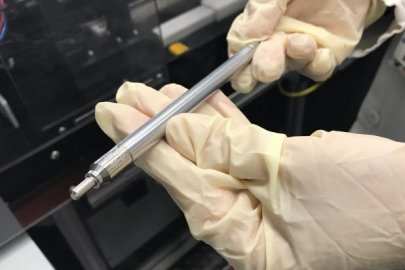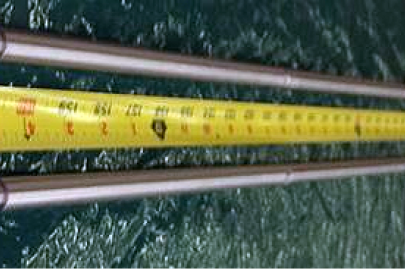Westinghouse is working with Idaho National Laboratory to develop new uranium silicide fuel pellets.
December 4, 2018Westinghouse’s new accident tolerant fuel is moving closer toward commercialization.
The company is working with Idaho National Laboratory (INL) to develop uranium silicide fuel pellets, which were recently manufactured at the lab.
The new pellets use a mixture of uranium and silicon, instead of uranium and oxygen, to achieve a higher density of uranium atoms per pellet—leading to longer operation times, increased power outputs, and higher burnups.
The new fuel is being developed though the U.S. Department of Energy’s accident tolerant fuel program and will be tested in a commercial reactor in 2019.
Accident Tolerant Fuels
"Accident tolerant fuel" is an industry term used to describe new cladding and fuel pellet designs that increase the safety and performance of nuclear fuel.
Framatome, General Electric and Westinghouse are working with DOE to get their designs to market by 2025.
Uranium Silicide Fuel
According to Westinghouse, uranium silicide pellets have a higher density than today’s uranium dioxide fuel. This can lead to longer operating cycles that could save utilities millions of dollars each year. It also transfers heat four times faster, allowing the fuel to last longer in accident conditions.
How Did INL Make It?
What’s Next?
The fuel pellets will be used in lead test rods at the Byron-2 reactor in Illinois. They will be loaded in a zirconium alloy cladding that is coated with chromium to better protect the fuel from damage and oxidation.
Eventually, Westinghouse plans to test the fuel pellets in a new silicon carbide cladding that may protect the fuel even better in accident conditions.









